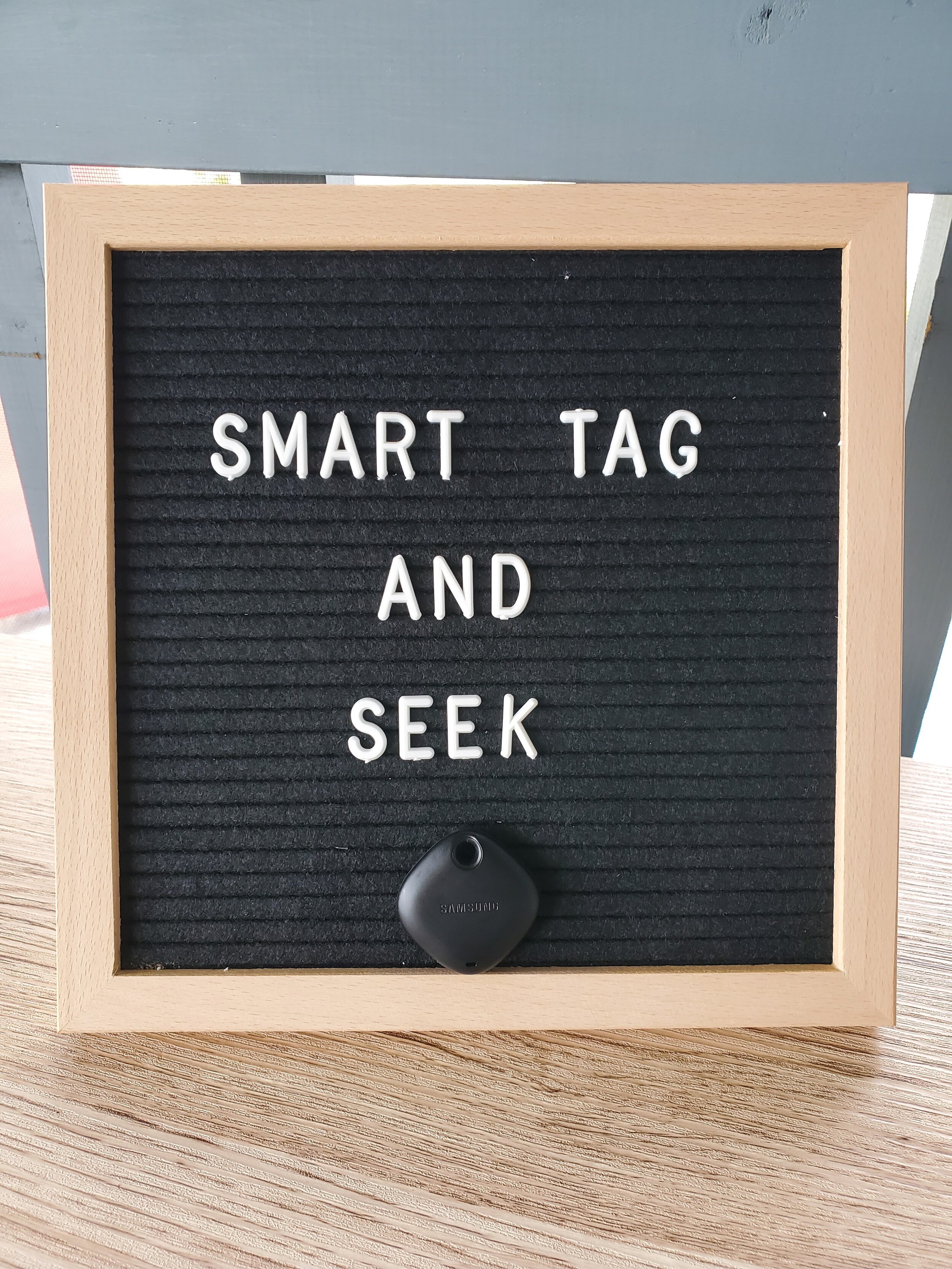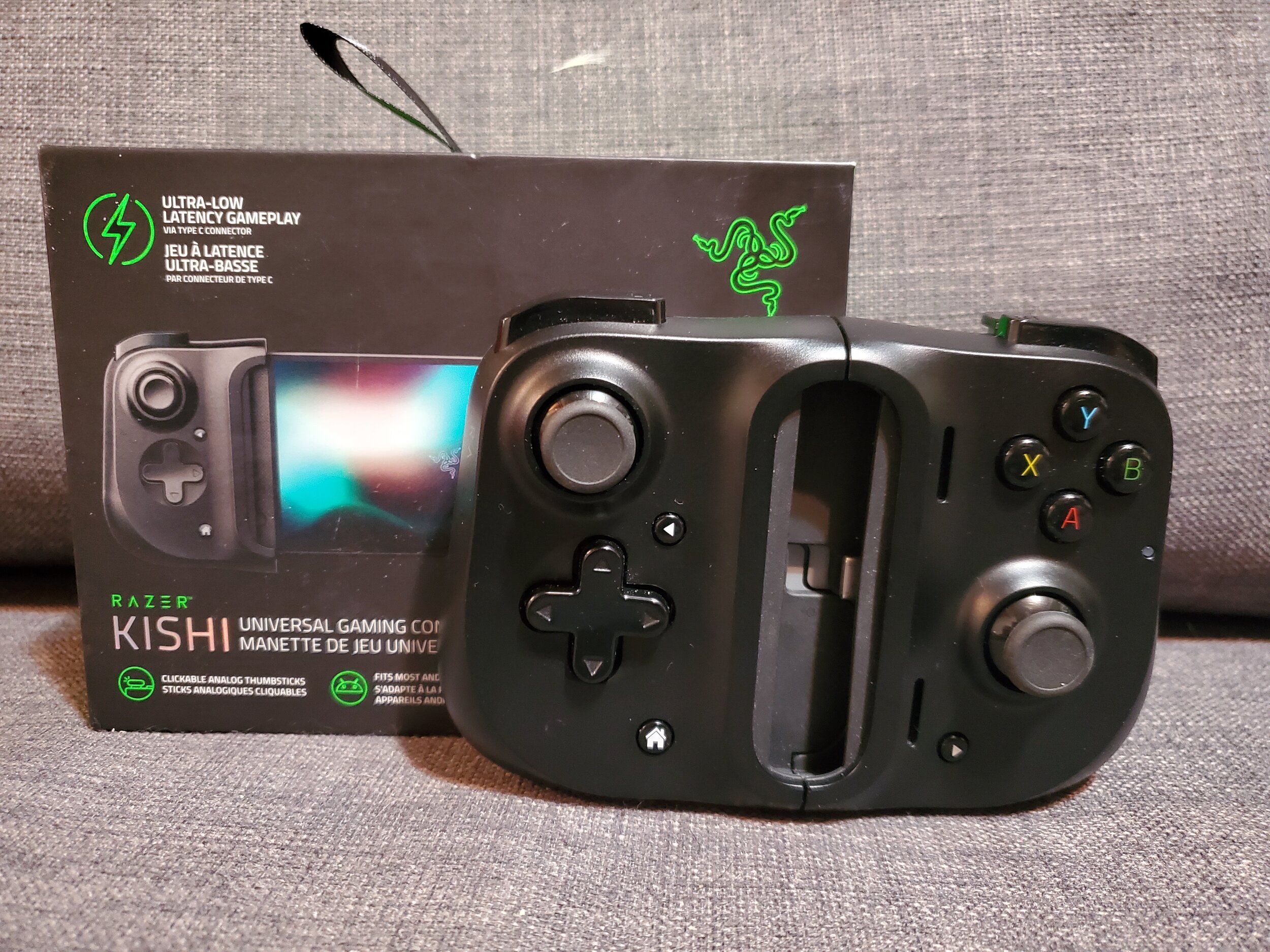A different kind of update this week, because I’m on vacation, but there are a couple things I want to highlight.
Read MoreSamsung Galaxy Smart Tag Review - Sufficient
Bluetooth trackers have been all the rage since Apple announced the Air Tags earlier in the spring. But that doesn’t mean these devices are new. Tile has been making trackers for years, and are the market leader. Apple isn’t the only company trying to create an ecosystem specific tracker, as Samsung announced the Galaxy Smart Tag along with the Galaxy S21 line of phones in January. I recently got my hands on a Galaxy Smart Tag, and it’s worthy of a quick review.
Read MoreSonos Roam Review: Dual Purpose
Bluetooth speakers are a dime a dozen. Search for Bluetooth speakers at any online retailer, and you’ll see dozens of listings. Brick and Mortar stores also have a large selection. They come in various shapes, sizes, capabilities, and prices. Because of this, it is virtually impossible for a Bluetooth speaker to stand out. Yes, there are plenty of terrible ones out there, but at the more premium end, getting a product to stand out is very hard. So when Sonos announced a small Bluetooth speaker, the challenge for the company was to create something that stands out, something that is “worthy” of carrying the Sonos name, which the company wants to be a premium product. At $230, the Sonos Roam is definitely priced at the premium end for speakers of this size. Is it worth it? Let’s dig in.
Read MoreThe Sonos Ecosystem
A few weeks ago, in search of a new portable speaker to use outdoors on the deck and in the yard, I purchased the new Sonos Roam speaker. This is the first Sonos product I’ve ever owned and while I will review that device specifically next, first I want to talk about the overall Sonos ecosystem. Sonos isn’t a new service, but it is new to me, and learning the ins and outs, good and bad, and quirks of using Sonos has been interesting.
Read MoreRazer Kishi Review
With the increased push and interesting in game streaming over the last 18 months, there have been a lot of attempts to make accessories that work best with these services. When using a smartphone, the most commonly seen accessory is a regular game controller with a clip attached that lets a user mount their phone above it. The advantage of these configurations is the use of a normal, full size controller, but the downside is that they can be large and bulky, and not super portable. A few months ago, gaming peripheral maker Razer released the Razer Kishi, a mobile controller that clips onto a phone in a Nintendo Switch like configuration. And because it plugs in directly, it doesn’t need to be charged itself.
I recently got my hands on one, and after hours of extensive playing testing the device, I think it may be a winner… if you can deal with the cost.
Read MoreWhatever it is, the way you tell your story online can make all the difference.
Xbox Wireless Headset Review
Microsoft’s official, first party wireless headset for the Xbox Series X and S is here. For some reason, Microsoft chose to release this product 4 months after the launch of the consoles. Why it wasn’t ready to go at launch is a question without answers, but now that the product is here, we can see whether or not it is something that owners of the console should consider. I have one, and I’ve been spending extensive time “testing” this gaming $130 peripheral.
Read MoreSamsung Galaxy Buds Pro Review
Among Samsung’s announcements during it’s January event was a new set of wireless earbuds, the Galaxy Buds Pro. I was immediately interested in this product, as my previous pair of Galaxy Buds+ had been on their last legs, thanks to the charging case going for a quick 5 minute trip through the washing machine before I remembered they were still in a pants pocket. Oops. The earbuds themselves still work fine, but the charging case loses its charge within 24 hours, whether or not the headphones see any use. Oops again.
So when the financial ability came to replace the those water logged headphones, the Galaxy Buds Pro were at the top of my list. I’ve had them for about 10 days now, And I’m mostly happy with them. They are Samsung’s most expensive pair of wireless earbuds, so the question is are they worth it?
Read MoreiOS Review From a First Timer - Part 2
Last week I wrote the first part of my thoughts on iPad OS. I’m using an iPad as a daily device for the first time, and haven’t used an iOS device as a full time device since the very first iPod Touch was released in 2007. I have had a lot to say about iPad OS, and you can read the first part here. In Part 2, I focus a couple software pieces, but I talk a lot about peripheral support, because I think that’s where most of the excitement with iPad OS is.
Read MoreiOS Review From a First Timer, Part 1
When it comes to my technology products, in the last several years, I have used most desktop and mobile platforms, except for Apple’s. I have had a couple MacBook laptops, but haven’t used an Apple product as a daily device since around 2015. That changed earlier this year when, frustrated with the overall state of the Android ecosystem on tablets, I purchased an iPad Air. It became my first iOS/iPad OS product since the very first iPod Touch, and the first Apple Product that I’ve used personally in several years. I really wanted to re-familiarize myself with Apple products, and for what I was looking for, an iPad made the most sense. Learning iPad OS has been a fascinating experience, and I have a lot to say.
Read MoreiPad Air (2019) Review
Why does the iPad Air exist? Before it’s release apple had the $430 iPad and the $950 iPad Pro, and really nothing in between. The entry level iPad was a good device but had a screen that was a significant step down from the Pro, ran on an older processor, and had less storage. But that was good enough for a lot of people. The iPad Pro was for people who wanted more than what the basic iPad could offer, but that came at a a $500+ premium, which was too much for the casual user who wanted something just a little bit better than the iPad without spending almost $1000. With the $650 iPad Air, that gap has been filled. There’s an older design, but a better screen and a newer processor. Does the middle child in the iPad family stand on it’s own, or is it only there to fill a price gap? Let’s dive in.
Read More



